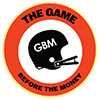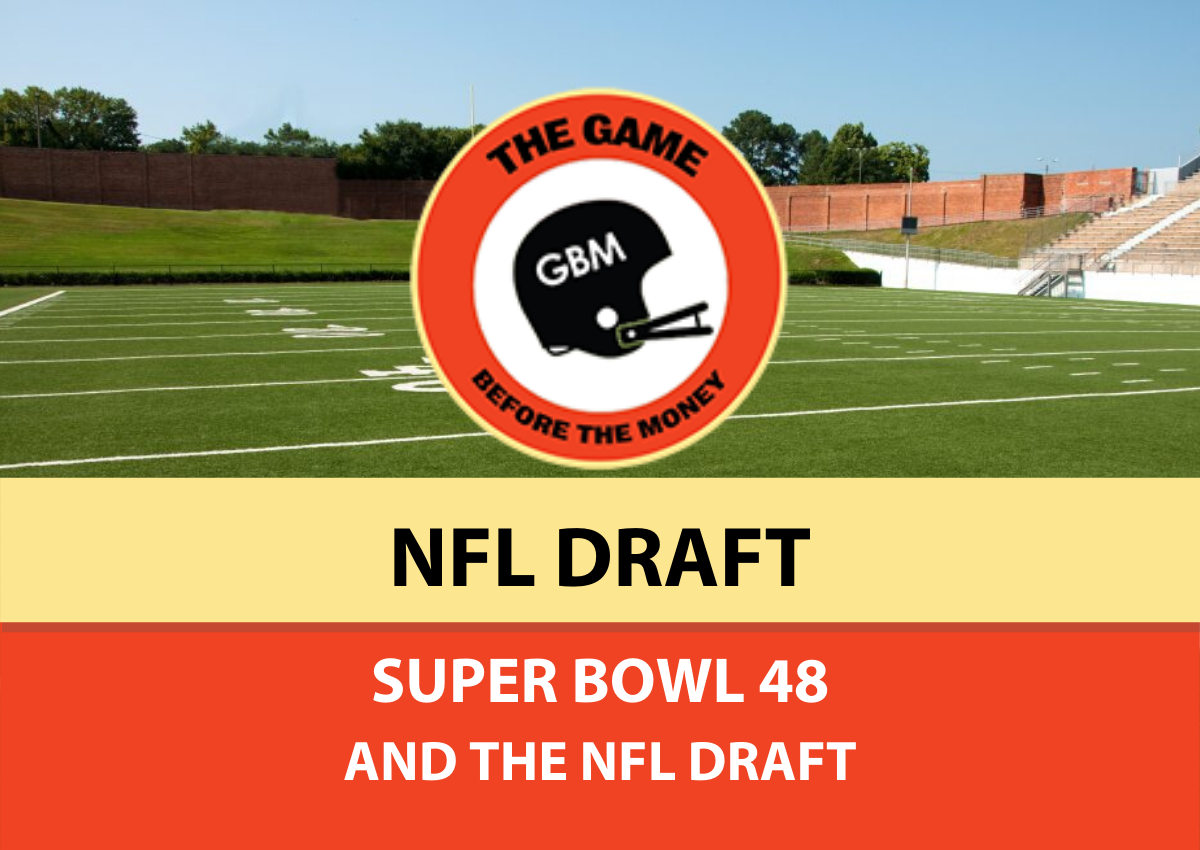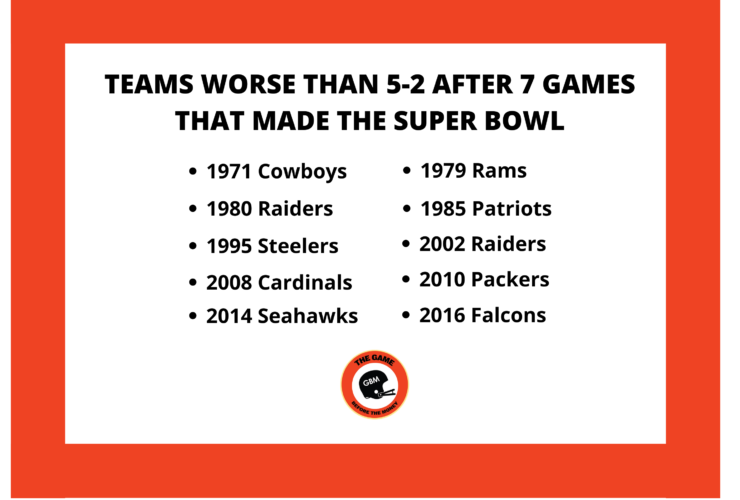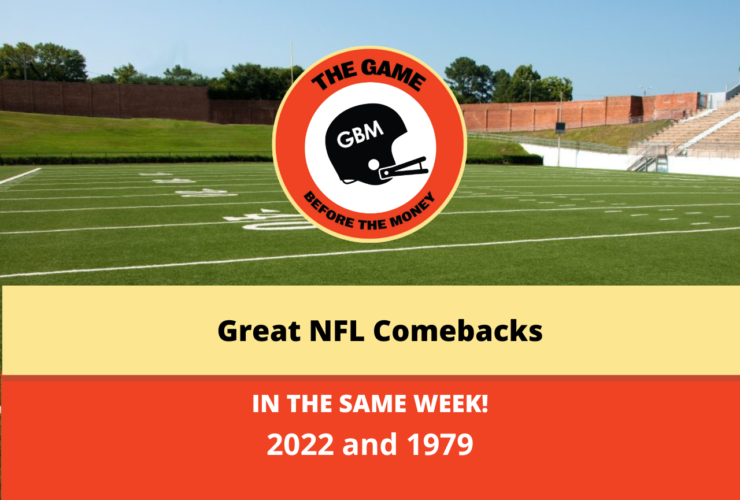Like children going to bed at night on Christmas Eve are NFL fans in the weeks leading up to the NFL draft. Wishes of draftees dance in their heads. Mock drafts are read with excitement or worry depending on the prediction. Calendars get marked with plans days before the big event at Radio City Music Hall.
And like Christmas, some fans go to bed afterward elated about receiving the main object of their desire while others lay down disappointed, unable to have telepathically communicated to their team’s general manager whom they should have drafted to ensure divisional championships for years to come.
Looking for a great NFL history book? Check out The Game Before the Money: Voices of the Men Who Built the NFL available at — Amazon.com – Barnes and Noble – University of Nebraska Press
How important is draft day? Surely it’s quite important, but is it truly the watershed moment it’s built up to be? I started to ponder this question through fantasy football. I found that in seasons I reached the championship, several of my starters weren’t drafted. This year was no exception as Zac Stacy and Julian Edleman were two of my highest scorers late in the season. While there are historic NFL draft success stories – John Elway, Peyton Manning, the 1974 Steelers draft – I wondered how often the NFL draft was the reason behind championship teams’ success. I decided to take a look at last year’s Super Bowl teams and how they were constructed.
The Seahawks
The Seahawks drafted many of their biggest stars of 2013, including Russell Wilson, Earl Thomas, and Richard Sherman. Only Thomas was drafted in the first round, however, and he was the team’s second first round pick in 2010 after Russell Okung. Toss in draftees Kam Chancellor, Golden Tate and Super Bowl MVP Malcolm Smith, and first impressions point toward Seattle being built from the draft. Closer inspection shows that their Super Bowl starting lineup contained only 13 players (59%) drafted by the Seahawks, 6 on offense and 7 on defense. Four players (18%) of Seattle’s starting 22 weren’t drafted at all, including defensive line anchors Michael Bennett and Chris Clemons. In total, only 25 players of the 63 listed on the Seahawk roster found on http://www.pro-football-reference.com/teams/sea/2013_roster.htm were drafted by the Seahawks, while 24 were undrafted free agents (38%), men overlooked on draft day by all 32 teams. Of the 46 players Seattle drafted from 2009-2013, only 25 were on the Super Bowl roster (47%). Of those 25, 15 were from the 2013 or 2012 drafts.
*NOTE: “Total Undrafted Starters” includes 2 players who were also “Veteran Free Agent Signings.”
The Broncos
The Broncos grabbed their biggest star, quarterback Peyton Manning, in free agency. Manning’s agent wasn’t alone in doing business with the Broncos. Nine of Denver’s Super Bowl starters were acquired as veteran free agent signings (41%). Only 10 of their 22 starters were drafted by the franchise. Of the 58 players listed on their roster at http://www.pro-football-reference.com/teams/den/2013_roster.htm , only 23 (about 40%) were players originally drafted by the Broncos. Nearly as many players (20) were originally drafted by another team and acquired via free agency, waivers or by trade. Contrasting with the Seahawks, that same roster included only 15 players who were undrafted, although three of them started on Super Bowl Sunday. The Broncos did draft some of their key players, including Knowshon Moreno and Demaryius Thomas. Von Miller, the Broncos’ first-round pick in 2011, has been a tremendous force when active, but has missed significant time with both a league suspension and knee injury.
*NOTE: “Total Undrafted Starters” includes 2 players who were also “Veteran Free Agent Signings.”
Summary
While both teams picked up impactful players in the draft, it was necessary to supplement much of the starting lineup from other sources. The Seahawks trading for Marshawn Lynch and Denver’s free agent pickups of Manning and Wes Welker were essential moves on the road to the Super Bowl.
The seven-round draft stands as a crucial element to this fact. When the Steelers drafted their 1974 class which included Lynn Swann, Jack Lambert, John Stallworth and Mike Webster, the draft lasted seventeen rounds. When the Packers drafted players who would later dominate through the Lombardi-era dynasty in the mid-1950s, there were 30 rounds.
Today’s NFL requires a combination of drafting, smart free-agent signings, and finding overlooked undrafted players. The draft remains an important component to winning in the NFL, but the seven-round system limits its influence.





Permalink